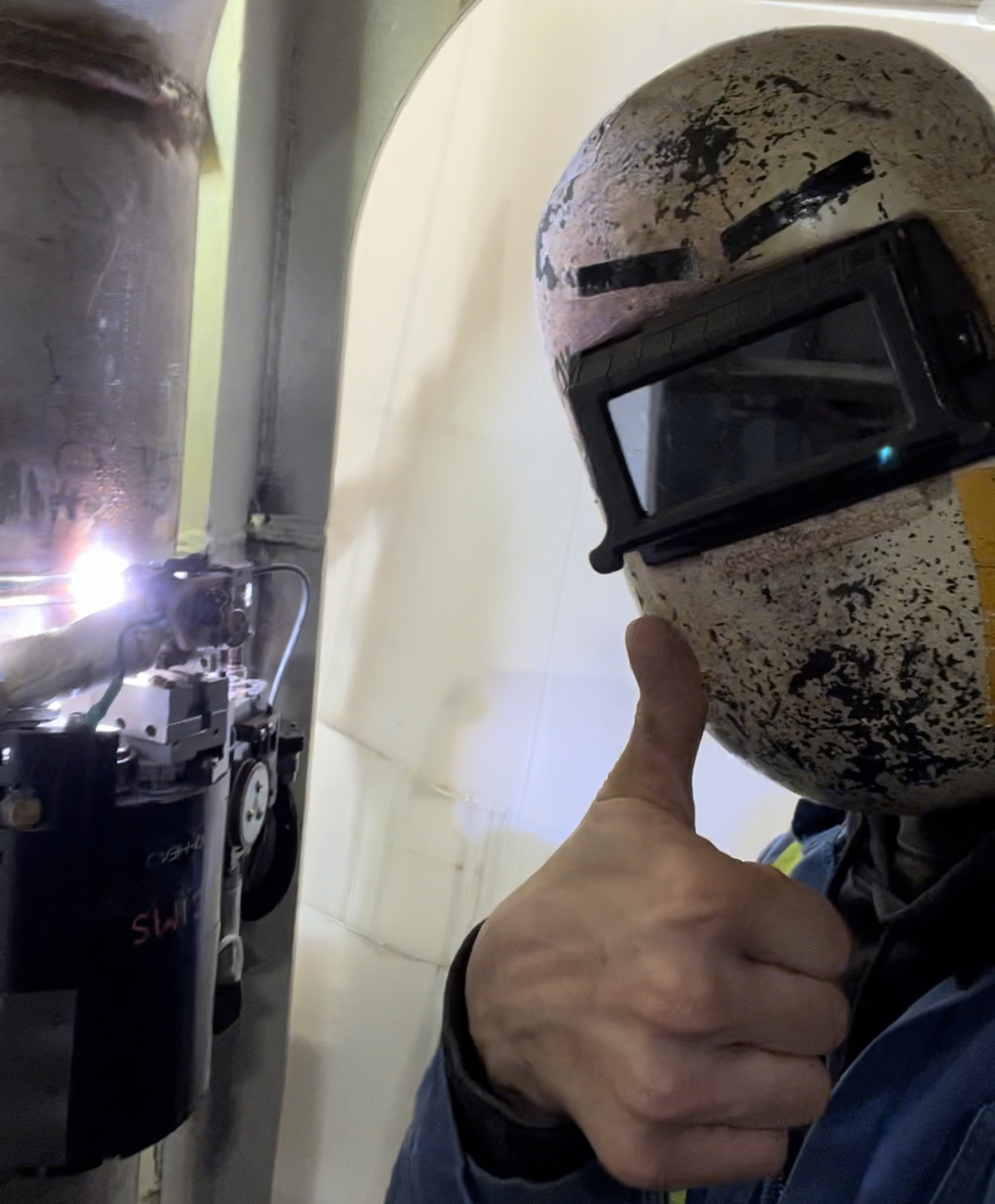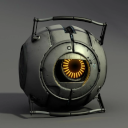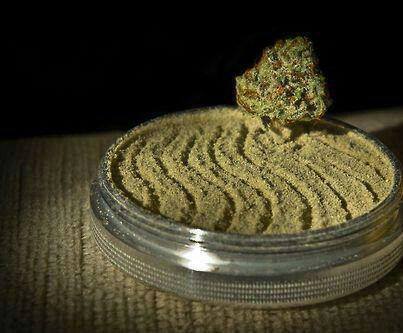I find everyone uses time for long distances. I know it’s a 13 hour drive to Edmonton but damned if I know how many kilometres it is.
I always convert using 100km/h. So a 13 hour drive is probably North of 1250km.
That being said I only measure distance in time as well.
100km/h is a good estimator, because you’re probably going 120km/h most of the way but you need to account for toilet breaks and lunch.
And city driving where you might spend 20 or thirty minutes getting to our from the actual highway.
My car tracks my average speed for some reason, and I believe it’s based on engine hours vs. distance. After 2½ years and ~70,000km it’s stayed pretty consistent at about 60km/h.
My driving is probably 90% highway by distance, or 60% by time.
This is what I came here to say. Even short distances.
Basically, any time you’re describing a trip to a destination, it’s in time, based on the mode of travel. Hell, I even describe our family hikes in time it takes our littles to walk it, then estimate how long it would take an adult.
My kids school is 3 minutes away or an 8 minute adult-pace bike ride. Fucked if I know how many km that is.
As a German I have to ask… why? It’s just sad at that point
A big issue is how connected certain trades are to the USA. A lot of our trades education or consumer products rely on their imperial system. Really wish the USA would stop prerending it is special and join the civilized world of logical units.
The funny thing is any blueprint you get will be in metric. But if you want to do something like bend a conduit, all the benders use imperial measurements.
The rule of thumb I used to use as a draughtman was that plans would be metric for zoning and permit approval, metric for steel-frame or concrete, and US standard measurement for lumber and wood-frame. this is because dimensional steel mostly comes from China, which is sold in metric lengths, while lumber is cut to US standards.
Basically everything mandated by the government is Metric, so any official labeling (like on roads or foods) and it’s what we are taught in school. But we are in a transitionary phase in terms of whats passed on through family and social interactions. And that period is extended by trade with the US leading to lots of things still having both imperial and metric measurements, or in the case of weather, I grew up on the border listening to Detroit news.
People provide many excuses, but the reason there has been no further improvement is Canada stop it’s metrification program in 1985.
So what we successful converted in 15 years of metrification remains metric, the remainder is unlikely to change, and Imperial units are still taught.
This varies by province, due to the education component. For example, Québec is more metric than most.
A big reason is, at least for me, I’m one generation removed from someone who lived when Canada was on Imperial. It’ll take a few generations to get rid of it. You can even see it in the replies here, as people who are certainly younger than me are talking about how they’re using metric exclusively for things that I still swap between.
That’s the ONLY reason. I’m quite fond of metric.
Inertia and things that are really, really inconvenient otherwise. Here in Saskatchewan, the “grid” roads serving rural Saskatchewan are actually laid out in a 1 mile by 1 mile grid, enclosing 1 section of land (640 acres). Even equipment without odometers can follow directions like “4 miles north and 3 miles west” by simply counting intersections.
By distance, Saskatchewan has approximately 1/3 of all the roads in Canada despite having only about 1/35 the population. Miles are not going anywhere, even if everyone gives total distance travelled and highway distances in kilometres (or approximate travel times).
It’s not hard for us it’s just what we’re used to.
This is next level national fck up. 🤣
After 3y in UK I understood imperial system but I still hate it. When I watch a video when they mention imperial system I just don’t bother to finish it.
deleted by creator
Can you even buy appliances like ovens that display °C instead of °F in Canada? Recipes are still all pretty locked into sharing imperial units with the US.
I tried 3 years ago. Wasn’t possible. It’s F only.
Edit. I was wrong. Turns out I CAN switch my oven to C. I didn’t poke the settings enough.
I’ve never used an oven that didn’t have a setting to switch between them.
I’m in the US. I work in metric if I’m at home and doing my own project but I need to speak imperial if I go to the hardware store, lumber yard, or talk to literally any other person around me.
I feel like long distace should be time not metric or imperial.
This is true. I never really noticed this until I lived overseas for a year, and when I received directions, they were like, “go 750m this way…”, and it sounded so foreign. I was thinking, “like, 10 mins…? 12 mins?” Haha
We prefer metric mostly, but so much of our stuff comes from or is sold to the states, so we don’t have much choice but to use both systems.
Anoying af.
Does it help knowing NASA uses metric?
Hospitals in the US use mostly metric too.
While this is true, they still manage to use different metric units than the rest of the damn world (e.g. mg/dL instead of mmol/L)! Really messes up a lot of our reference material.
There’s also weird stuff how things like fuel consumption is measured. In the US we use “miles per gallon” which makes sense in a non-metric country. I was born in a metric country where we used “kilometers per liter” which also makes sense. But then cars have this setting for European countries where they show “liters per 100km”. WTF? Who in the hell measures things like that and why?
TL;DR it’s possible to do stupid things with any measuring system.
Canada here we always use Litres per 100km, because it shows fuel consumption per a static , rather than distance being the variable value. It seems odd, but when you are doing certain math on range and fuel usage it actually makes more sense. there are articles that can explain it better than I can
Yeah, basically. I think it kind of depends on your age though. I was almost 100% metric with the exception of baking until my teens or so (we never had a pool).
A lot of it comes from getting stuff from the US. Most of the cookbooks you find here come from the US so they use US measurement. Doing construction? The lumber’s cut to sell to the US market so you may as well use US measurement when you work with it. Steel lengths are usually available in metric so commercial construction is metric too. I’ve done a fair amount of construction and land surveying so I can do most length conversions like that in my head.
Temperature, though, I’m hopeless with Fahrenheit. Some older folk will still prefer °F to °C all the time but to me it’s just numbers. Most of my life is spent between -30°C and +30°C so it works out very conveniently as a nice symmetrical gauge between “cold winter day” and “hot summer day.”
The rest, well, it’s mostly just the unitary form of peer pressure. You just sort of pick it up. The really wild thing is that I might say something like “oh yeah, my cat weighs 5 lbs, so she’s like half the weight of one of those 5-kilo bags of flour” without irony.
I paint quite a bit for work. Funny trying to add up 5.5 ft and 2.75 ft and 17 ft to quote a job lol
Fahrenheit is Celsius - 32 then divided by 1.8 which is not an easy conversion luckily its also 9/5ths
The trick I found out was to subtract 32 from Fahrenheit then divide by 9 then multiply by 5.
The other trick, you subtract 10% from your Celsius times by 2, then add 32 but this one doesn’t reverse well because you have to add 1/9th
Yeah, I mean I can do the math and get work it out if I care enough, but I doubt I’ll ever grok Fahrenheit the way I do Celsius. It’s like saying “oh it’s 300K”. You can do the math and work out what temperature that is, but until you bring it into the frame of reference you’re familiar with it’s just a number.
Objection! “Work” being imperial implies science isn’t work. I’d feel better if it said “construction” or “industry”.
A lot of these are more to do with age or products imported from the US than anything. For example with the temperature one, I would never give the temperature of anything in f, but my parents’ hot tub only displays temperature in f. Also my parents follow a flowchart like this much more than I do because they grew up with a more mixed system. Like they will sometimes give distance in miles whereas I would only ever in km. However there are some of these that even I do. Like I would only ever give my height and weight on feet, inches, and pounds.
I work with a lot of French people (guess my city) and I had to memorize my height and weight in metric like some sort of crazy person!
That being said metric is truly superior and I use it in almost everything else other than air temp while baking or roasting.
Based French
I work with a lot of French people (guess my city)
Ottawa
I’m pissed we don’t use ISO 216 (A4, A5, B-series, etc.) paper. Almost changed in 1974 but lost our nerve.
Oh, that would be great!
Relevant video on metric paper
https://www.youtube.com/watch?v=pUF5esTscZI
content warning: existential crisis
That was exactly the video I thought it was going to be! Classic.
Don’t forget we also measure distance by travel time. I have to Google the KM distance from Ottawa to Toronto but I know it’s around 4 hours and 20 minutes traffic allowing.
yep, driving somewhere is almost always expressed as a unit of time. Only time I check distances is planning a trip with the trailer to get an idea of when to stop for gas, especially going up north.
Not to mention if we say miles, we almost always mean kilometres.
I use metric for all distances, and celcius for all temperatures… except my oven, but if i could change that to C, I would.
Many ranges and ovens do have the option to do this hidden in the settings somewhere. It may be worth do a search for how to do it on your model. (Model and serial number are usually on a sticker that is visible when the lower drawer is opened.)
But then you have to convert all the recipes that only list Fahrenheit :(
Myself, I measure water temp in Celsius (pools, aquariums, lakes, oceans…), but yeah pretty damn accurate.
Cooking flip flops the most… Usually baking is Imperial ( ferenheit/cups/teaspoon/tablespoon/ounce (weight), fl oz (volume), etc)… But in a single recipe, I’ve turned on the oven to 350F, and mixed a teaspoon of one ingredient into 300 mL of another, then added 300g of a third with an 8oz can of another.
It’s just completely random, even within a single recipe.
This chart has been around for a long time and is getting out of date. It should now be called: How Older Canadians Measure Things. Younger Canadians are getting a lot more metric.
For example none of the younger people at my office know their weight in imperial. The most they knew were some baby weights they had to convert to imperial for their parents.
The one that stands out for me, I’ve never used imperial to measure distance for work. All our “mileage” is done in km’s.
As was stated by someone else, this should be “construction” specifically. All our lumber is shared with the US, so it’s measured in inches/feet. I think most buildings have wall stud spacing measured in inches here to match lumber sizes like 2x4"
By work they mean things like small measurements related to tooling eg what size is the socket
I got very confused the other day when I discovered some of my furniture needed imperial allen wrenches. I didn’t realize that was a thing.
I have metric and fractional wrenches, hex wrenches, etc. I’d love it if the US would stop holding out and join the 21st, or 20th, or 19th century and finish converting to metric. Yes it would suck a little bit, but since I have to convert every second thing one way or the other anyways, it would at least be a light at the end of the tunnel.
Really? I find that surprising. I don’t think I’ve ever heard anyone talk about their weight in kilos, aside from in medical contexts. I’m 37, but I work with teenagers; weight doesn’t come up often, but I’ll pay closer attention.
It’s pretty accurate. Believe it or not, one of our most infamous aviation near-disasters in Canada (the Gimli Glider) happened because someone made a mistake converting fuel quantities between metric & imperial.
My favourite thing is when we get to use awful combinations of both systems, like measuring out 15g of coffee for 12oz of water. Or having 26" bike wheels inflated to 30psi but attached to the bike with a 10mm axle. I especially love kcals and mmHg.
Or even wood that is 2’ by 3’ by 3mm.












